This post explores the art of building investor and partner relationships at conferences like JPM Healthcare. We share insightful strategies for small companies and startups to use these platforms for growth effectively. From aligning your yearly plan with strategic goals to maximizing interactions for impactful networking, I cover the essentials of making meaningful connections. Whether you understand your audience, organize meticulously, or balance resource investment, these tips are tailored to help you navigate and excel in the bustling conference environment, ensuring you leave a lasting impression.
JPM Healthcare kicks off the life science investing year, and it’s the focus of intense activity by investors, startups, and service providers. However, it’s not the only place to meet, nor should you go unprepared. Here are six tips to help you get started.
Note: I used ChatGPT 3.5 to create summaries and rewrite some text for this article.

Make a Yearly Plan for Investors and Partners
The first step for small companies with limited resources is understanding your priorities, purpose, and desired outcomes for investor meetings. These must align with and build on your strategic vision and direction (which you’ve already defined). They will also underpin your communication strategy and tactics. Focusing intense effort to create this plan will help you save time and money. Furthermore, your clarity and focus will impress investors and partners you meet. If you are not raising money, your plan should focus on expanding your network, developing trust relationships, and asking for feedback. Conferences can also be good places to meet competitors and future service providers.

Don’t Bet the Farm
JPM Healthcare Conference starts the year but will drain your energy and resources. If you are not actively raising a Series round, there may be better choices to meet your goals (see Step 1). Develop a list of other conferences, looking first to your state’s BIO organization and your region’s large partnerships. Ask your network for suggestions and feedback on individual meetings. Find what cities your potential investors and partners do business in and request a conference list from the local chambers of commerce. Develop a worksheet to quickly evaluate and score the possible ROI using a simple metric like (Cost to Participate)/(Number of Prescheduled Strategic Meetings).

Do Your Research
You should already be developing a database of potential investors with details on their investment thesis, portfolio, schedule, and last three investments. All of this information is in the public domain – save time by developing a system for collecting it and ruthlessly eliminate those who don’t fit your target profile. Your research should also include extensive details about each conference in your plan. Sitting in a conference session is a waste of your time. Review the conference agenda for opportunities to preschedule meetings. Social events are tailor-made for intense networking. Large conferences like JPM Healthcare often have multiple events running alongside. Some of the best-known are BIO Partnering, RESI, and Biotech Showcase, but there will be others, including many hosted by service providers. Use your network to make connections and get invitations and conference tips in advance.
Maximize Organization and Interaction
Staying organized and maximizing interactions during a conference demands both discipline and flexibility. Experts recommend starting your active engagements 4-5 months before a large conference like JPM Week. Map the event locations and use digital tools to estimate travel times. Look for restaurants in and around these locations and make early reservations to hold space for your meetings and ensure you have a chance to eat. A typical session is 15-20 minutes and may be shorter if any participant is over-scheduled. Prepare your messaging and supporting materials to make the best use of time. Start by asking your participants for their goals and adjust your message to match. Be ready with tools to help people remember your message – a business card, a one-pager, or your LinkedIn QR code. Post-meeting follow-through is crucial, so give yourself time to make notes on each meeting and add them to your to-do checklist. Use any downtime to network with others. Everyone is there for the same reason, and good questions to break the ice include, “How has the conference been for you so far?” and “What are you looking to achieve while you are here?” Many conferences have an app. Complete your profile and review the app daily for new opportunities to meet others.
Build Meaningful Investor and Partner Connections
Conference meetings rarely end with a signed deal. Letting others know when you are raising money is okay, but everyone needs funding. Distinguish yourself by focusing on your other needs. Are you looking for a key employee? Need a service provider for the next development stage? Customer discovery is a never-ending journey – can you explore details of problem-solution fit with a potential partner? Understand and adapt your message and plans to the current investing trends. Ask others how you can help them, especially when networking. You may have met someone earlier in the conference who could be an excellent fit for a new connection. Stay organized and complete your follow-through. Advice varies on when – anything from as quickly as possible (same day) to a week later to give your recipient a chance to catch up on their email after returning from the conference. Pick and stick to an approach – consistency is your friend in building trust.

Protect the Asset (with thanks to Greg McKeown!)
Everyone agrees – JPM Week is chaotic and exhausting. Making lasting connections is only possible when you are at your best for each meeting. Arrive early enough to adapt to travel lag and start the conference refreshed. Build ample time into your schedule for traveling between meetings, taking breaks, eating, exercising, and sleeping. Wear comfortable shoes and plan your wardrobe for the weather. San Francisco is rainy in January, so pack a raincoat and umbrella. Every big city has public safety issues, which shouldn’t limit your enjoyment of the events. Prepare by evaluating your target neighborhoods and checking the local police websites for recommendations. Stay alert while walking around and pair up with other participants to improve everyone’s safety. Take a rideshare if walking seems unwise. Be open to and adapt to the unexpected – serendipity may work in your favor!

These recommendations provide a starter guide for individuals and businesses wishing to use conferences as a strategic tool. They are valuable for founders, funders, and service providers alike. Emphasis on research and planning, combined with tactics to maximize your capacity and interactions during each event, will help you achieve your goals.
I’ve already started my planning for JPM Week 2025 using this year’s conference resources. Here are a few links:
BIO/Novateur Guide to JPM ‘24 App
Big4Bio & Clinically Media hosted a series of webinars where experienced participants shared their strategies and advice. Check them out at these links:
Navigating JPM Week 2024 – October 24, 2023
